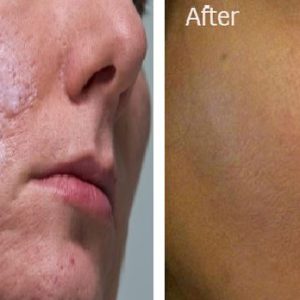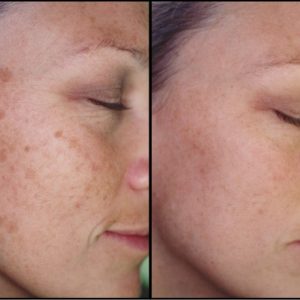You may have heard about the dangerous triangle on the face that is also called “the death triangle”.

The danger lies in the hair growing in the nose that become longer as years pass by, so that is why we may cut them or remove them because of aesthetic reasons. However, doctor Erich Woit, otorhinolaryngologist, says that this action of cutting or removing the hair can lead to infections that can even lead to death.
The air we breathe is filtrated through the hair in the nose. Around the root of the hair, there are microorganisms that can touch the blood vessels and that is how they cause infection, if removed. Thinking about the fact that the blood vessels go to the brain, such infections can even cause death.
The following facts we provide are 8 more proofs why you should be careful regarding this area of the face.
Fact No.1
Dangerous triangle of the face is consisted of the area starting from the corners of the mouth, all the way to the bridge of the nose, including the maxilla and the nose.
Fact No.2
Because of the specific nature of the blood supply to the nose and the area around it, it is very possible to have appearance of retrograde infections that can spread from the nose to the brain. This can cause cavernous sinus thrombosis, meningitis or brain abscess.
Fact No.3
Venous communication between the facial vein and the cavernous sinus make this possible.
Fact No.4
The cranial cavity is where the cavernous sinus lies, this is between layers of the meninges and is a major mechanism for drainage from the brain.
Fact No.5
It is a common misconception that the veins of the head do not contain one-way valves like other veins of the circulatory system.
Fact No.6
Actually, it is not the absence of venous valves, but it is the existence of communications between the facial vein and cavernous sinus and the direction of blood circulation that is important in the spread of infection from the face.
Fact No.7
The relationship between this area and a risk of cavernous sinus thrombosis was described in the 20th century.
Fact No.8
One study in 1937 showed that more than 60% of the cases of cavernous sinus thrombosis were the result of furuncles on the upper part of the face.
https://www.youtube.com/watch?v=w79HqlJ5Udw



















